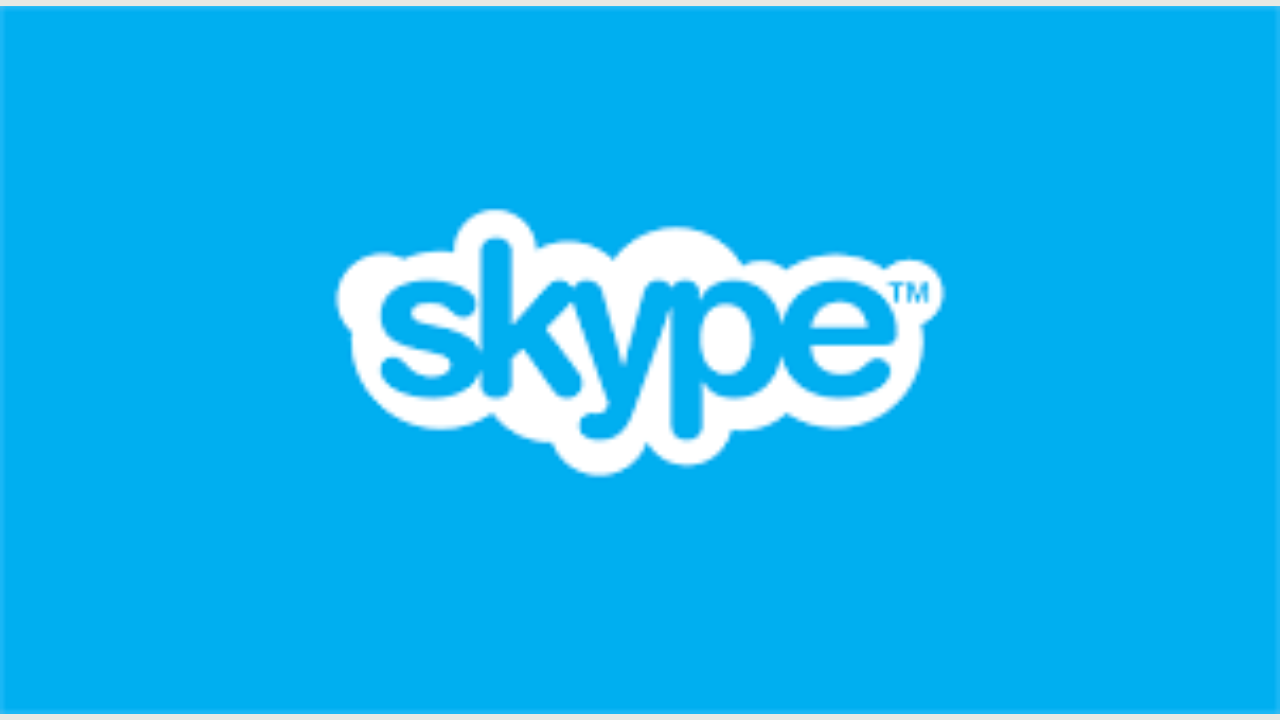Microsoft, the US-based tech giant, announces its plans to shut down Skype, the long-time nostalgic companion of the internet. The two-decade-old platform ends as the company tries to shift its subscribers to Teams, the updated service. This puts an end to the internet’s very first attempt at retaining memories through technology with our loved ones—the memories that still make us emotional at some point.
Skype will continue to function until May 5, 2025. In the meantime, Microsoft is encouraging users to make the switch to Microsoft Teams, assuring that “all the resources and support” needed for a smooth transition will be provided. Users can expect a seamless migration, with all existing contacts and chat histories carried over.
Why a Sudden End?
Since its launch in 2003, Skype has become a pioneer in video calling and quickly turned into a household name. However, its popularity has waned over the years as newer platforms and enterprise-focused tools have taken center stage. Microsoft’s decision to retire Skype marks the culmination of its strategic pivot toward Teams, a platform more deeply integrated with the Microsoft ecosystem and better suited to today’s digital collaboration demands.
How can Skype users shift to Teams?
The transition is straightforward: Log in to Microsoft Teams using your Skype credentials. Your messages and contacts will sync automatically. Teams offer comparable features—including one-on-one and group calls, messaging, and file sharing—along with enhanced capabilities such as integrated calendar tools and community channels to support more robust collaboration.
In short, Microsoft Teams took the lead. Microsoft has been gradually encouraging users to transition from Skype to Teams. While Skype once defined online communication, it has struggled to keep pace, especially with younger users gravitating toward platforms like FaceTime, Zoom, and Instagram Live. Still, for an entire generation, Skype remains iconic.




